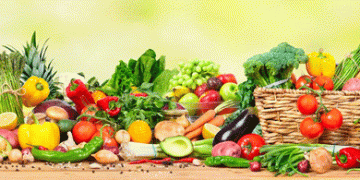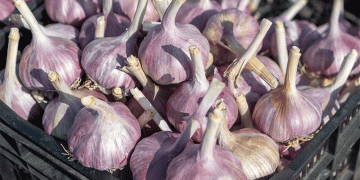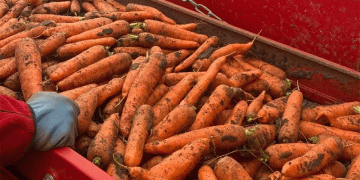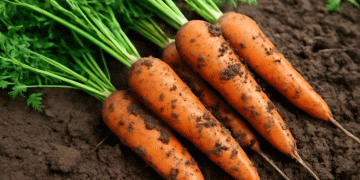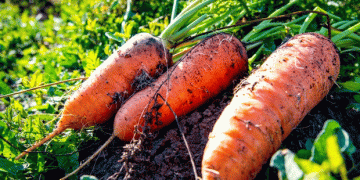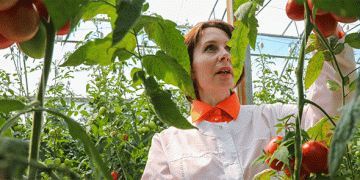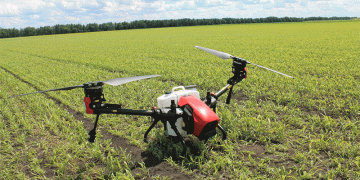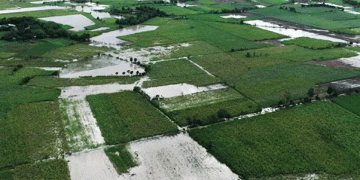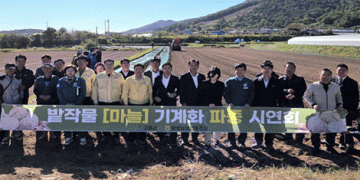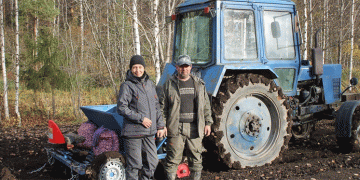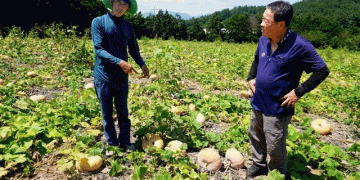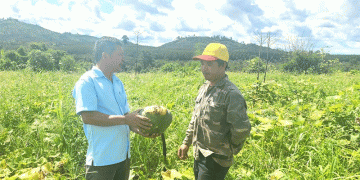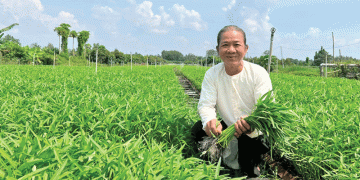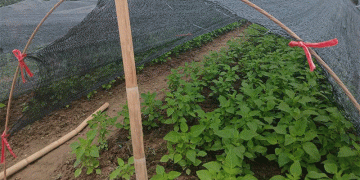In late March 2025, Bonn, Germany, became the epicenter of a crucial international conversation about the future of fruit and vegetable quality standards. The 35th International Meeting on Quality Control for Fruit and Vegetables (IAT) brought together around 180 participants from 20 countries, including inspectors, agronomists, traders, and policy makers. Organized by the Federal Office for Agriculture and Food (BLE) and supported by the German Fruit Trade Association (DFHV), the event tackled key issues reshaping global agricultural trade.
This year’s agenda focused heavily on the implementation and interpretation of the updated EU marketing regulation, which sets new rules for the standardization and labeling of fruits, vegetables, nuts, and dried produce.
What’s New in the EU Marketing Regulation?
The revised regulation, which came into effect in early 2025, introduces more stringent and harmonized rules for:
- Product appearance and quality, based on updated UNECE standards.
- Country of origin labeling for a wider range of products, including certain nuts, dried fruits, fresh-cut produce, and yellow bananas.
- Improved traceability and consumer transparency across the supply chain.
These changes are designed to enhance food safety, reduce fraud, and protect fair competition, but they also introduce new compliance challenges for producers and exporters.
Focus on Sweet Potatoes, Green Bananas, and Nuts
In a series of interactive evaluation sessions, participants assessed samples of sweet potatoes and green bananas using the new UNECE standard for sweet potatoes and the specific standard for green bananas. Variations in sample interpretation revealed how subjective quality grading can be—even among professionals—and highlighted the need for further training and calibration across countries.
A separate round focused on nuts and dried fruits, with participants tasked to decide whether samples met the marketing standard or required mandatory origin labeling under the new rules. Opinions varied widely, demonstrating that even seasoned inspectors are still grappling with how to apply these updated requirements in real-world conditions.
Africa in Focus: Supply Chains and Export Challenges
Beyond product evaluation, the event also featured sessions on the fruit and vegetable supply chains in Africa, including rising exports of sweet potatoes, bananas, and nuts from countries like Ghana, Côte d’Ivoire, and Kenya. As European demand for tropical and subtropical crops increases, African producers must adapt quickly to EU regulatory expectations—a key takeaway for international agribusiness stakeholders.
The 35th IAT meeting underscored the growing complexity of quality control and origin labeling in global produce trade. While the new EU marketing standards aim to improve transparency and harmonization, implementation remains a challenge—even among experienced professionals. For growers, exporters, and quality control agencies, understanding and correctly applying these standards is no longer optional—it’s essential for market access and competitiveness.
